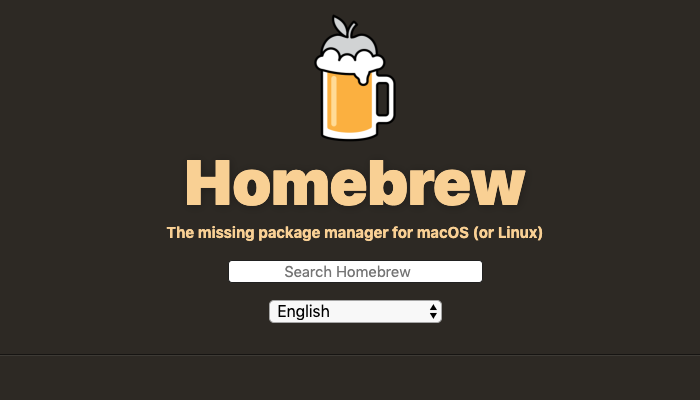

The installer can use git, curl, or wget to download nvm, whichever is available. Ensure that the NVM_DIR does not contain a trailing slash. You can customize the install source, directory, profile, and version using the NVM_SOURCE, NVM_DIR, PROFILE, and NODE_VERSION variables.Įg: curl. nvm.sh -no-use) to postpone using nvm until you manually use it. You can add -no-use to the end of the above script (. If the environment variable $XDG_CONFIG_HOME is present, it will place the nvm files there.

" $NVM_DIR/nvm.sh " # This loads nvm Additional Notes

Nvm allows you to quickly install and use different versions of node via the command line.Įxport NVM_DIR= " $([ -z " $/nvm " ) "


 0 kommentar(er)
0 kommentar(er)
